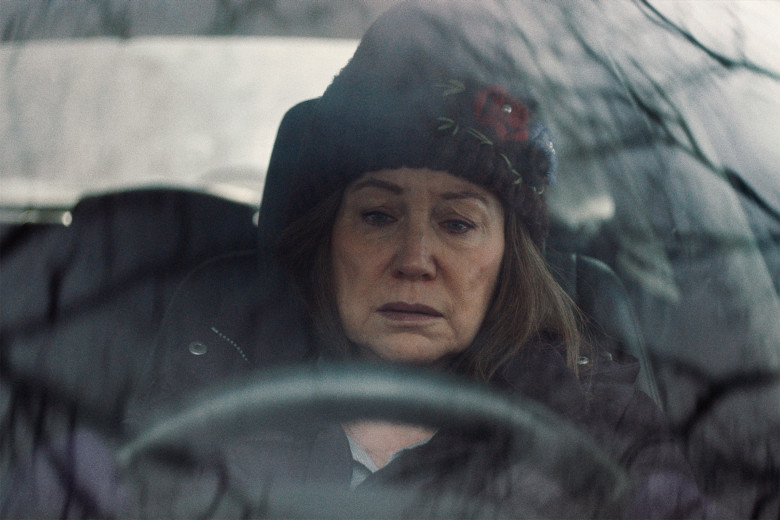Kent Jones’ “Diane” was the big winner at this year’s Tribeca Film Festival, taking home the award for Best Narrative Feature along with prizes for Best Screenplay (also by Jones) and Best Cinematography. It’s easy to see why the work by the film critic and director of the New York Film Festival was so beloved by this year’s jury and audiences. It’s a resonant drama about aging and the human instinct for atonement, anchored by a fantastic performance by Mary Kay Place as the title character. It doesn’t quite come together in the end like I wanted it to, but Place’s performance alone makes this worth seeing, and it comes from that genre that feels like an endangered species in American cinema: the character study.
The character in this case is Place’s Diane, the kind of woman who spends most of her waking hours in service of other people. She’s clearly lived a lot of life—some good, some bad—and Place captures an undercurrent of nervous concern that runs through her daily existence. She’s at that age when she’s not only considering a lot of the choices she’s made over her seven decades of existence but saying goodbye to many of her friends. And she seems to hide loneliness within concern for others, although Place and Jones are careful to make clear early on that Diane is no saint. She’s just someone who’s trying to do good for people who need her.
Such people include a cousin who’s dying in a hospital bed, a friend who recently had surgery, and, most of all, her son Brian (a great Jake Lacy), who has been in and out of rehab. Diane is understandably tough with Brian, coming over to his house unexpectedly to find her son in a clearly drugged-out state on the couch. Brian denies falling off the wagon, but Diane—and we—can tell he’s lying. How do you help someone who so clearly refuses it? And then Brian’s arc flips the tables on Diane (in a way that’s not entirely believable) and allows Jones’ narrative to shed some light on Diane’s past. Why does she live such a selfless life now? Could it be because she believes she once lived a selfish one?
It’s so wonderful to see an underrated actress like Mary Kay Place get a role this rich. She’s never been better. In nearly every scene, she does so much with body language and facial expressions that contain more than most monologues. We come to know Diane, a woman who is kind enough to work at a soup kitchen but tough enough to yell at one of her co-workers for berating a homeless person who just wants a little more food. Diane could have been such a stereotypical character—the “coming to terms with age” arc has been done more than a few times—but Jones and Place imbue this protagonist with so much truth that the film’s other flaws don’t ever amount to much. Whether she’s getting drunk in a bar, yelling at her son, playing gin with her bedridden cousin, or even just writing in her journal, there’s an honesty to this work that never wavers. It’s a great performance, and a studio would be wise to pick this film up so that the rest of the world can see it.












